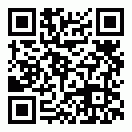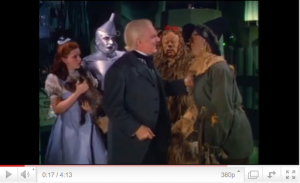In a series of posts, I am going to introduce the reader to the existence of ISO 17025 and its importance. I am going to introduce it in bite-sized bits for easy digestion. Just like all matters of learning, knowledge is incremental over time and builds upon previous exposure.
In our first post we answered the question: What is ISO 17025?
The next post we answered the question: Why do we need standards? Why ISO 17025 and policy, procedures and instructions matter.
Then we answered the question: Why is ISO 17025 so important to us in forensic science?
Just two days ago, we asked and answered: Why should the criminal defense community care about ISO 17025?
A little while ago we examined how ISO 17025 provides a simple method to develop themes to cross-examine experts.
In our last post we learned how ISO 17025 can be used by the criminal law practitioner to help get his discovery.
Today, we see how ISO 17025 can answer the question over who is the actual analyst.

- The unmistakable introduction from The Shadow radio program has earned a place in the American idiom: “Who knows what evil lurks in the hearts of men? The Shadow knows!.” In forensic science, with a lot of forensic lab reports, the analyst is not always identified.
Another important aspect of ISO 17025 for the criminal practitioner is the idea of subcontracting. Believe it or not, there is a lot of subcontracting going on in most forensic science labs. Subcontracting is allowed per ISO 17025 and specifically Section 4.5. In the past, as has been exposed by members of NACDL and the NCDD, false certificates and affidavits of calibration and actual testing that supposedly attest that functions were performed were in fact revealed to be inaccurate or instances of “dry labbing”. Thus, the real question of who is the actual analyst becomes paramount. It is important to know that even within some laboratories there is an assembly line method wherein one person or several people perform the sample preparation and another does the pushing of the button to make it go. In fact, some laboratories only perform the sample preparation and storage and later subcontract the actual analytical device use to another laboratory.
There is a major distinction that is drawn by ISO 17025 and the accrediting agencies between their version of subcontracting and perhaps our idea of subcontracting.
Per ISO 17025, as most recently presented to the author by an ASCLD/LAB representative, a laboratory can “only be guilty of subcontracting if the laboratory is first guilty of contracting from the laboratory’s customer.” What this phrase means is that the simple act of sending out the laboratory’s analytical balances for calibration, for example, is not an act of subcontracting unless the laboratory is employed in calibrating such devices for “the customer.”
Instead if the “customer” contracts as the ultimate result the mass measurement of an unknown, then sending an analytical balance out for calibration is not an act of subcontracting per ISO 17025 in their interpretation of the standard. The importance of this distinction is that if an ISO 17025 compliant laboratory subcontracts the actual evidence testing of this unknown specimen, ISO 17025 requires the originating laboratory to work with either another ISO 17025 compliant laboratory or there must be evidence, held at the originating laboratory, that the subcontracting laboratory has been demonstrated to be “competent”[i]. This is an important distinction for the criminal practitioner to be on the lookout for in that, although the originating laboratory may be ISO 17025 compliant, it does not necessarily follow that the subcontracting laboratory is.
[i] See Section 4.5.1 for further details.




